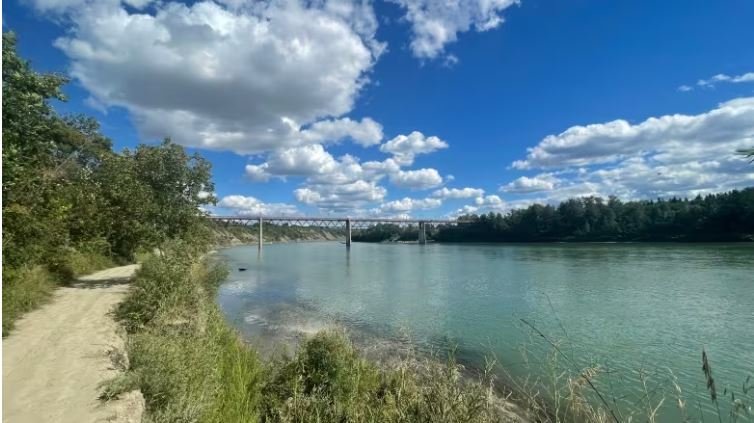For some residents of northern Alberta and Saskatchewan, the North Saskatchewan River is nothing more than a flowing body of water that starts at the Saskatchewan Glacier in Banff National Park and winds its way northeast. But it's much more than that. The river is a part of a bigger network of streams and channels that feed into it on its path through the Prairies. We're talking about a watershed — an area of land that drains into a water body.
Back to top Op/Ed: Marking 50 years of wetland conservation and loss
Fifty years ago, nations gathered to create the world’s first global agreement to conserve a habitat. This had long been undervalued, and as a result was rapidly disappearing. Fifty years ago, there was a global call to action to save our wetlands. On February 2, 1971, the Convention on Wetlands of International Importance was adopted in Ramsar, Iran. Often referred to as the Ramsar Convention, its purpose was to stop the worldwide loss of wetlands. Today, 171 countries, including Canada, are parties to the convention. The Ramsar Convention has helped many wetlands. More than 2,400 wetlands around the world have been designated as Ramsar Wetlands of International Importance. Canada has 37 Ramsar sites, including two Nature Conservancy of Canada helps protect in B.C., the Columbia Wetlands and in Creston Valley. World Wetlands Day marks the signing of the Ramsar Convention and is a day to highlight the importance of wetland conservation Despite a global agreement and a special day of recognition, we have not been kind to wetlands over the last half century. Over the past 50-years, over one-third world’s remaining wetlands have been lost. They continue to disappear at a rate faster than forests, and the loss is accelerating.



